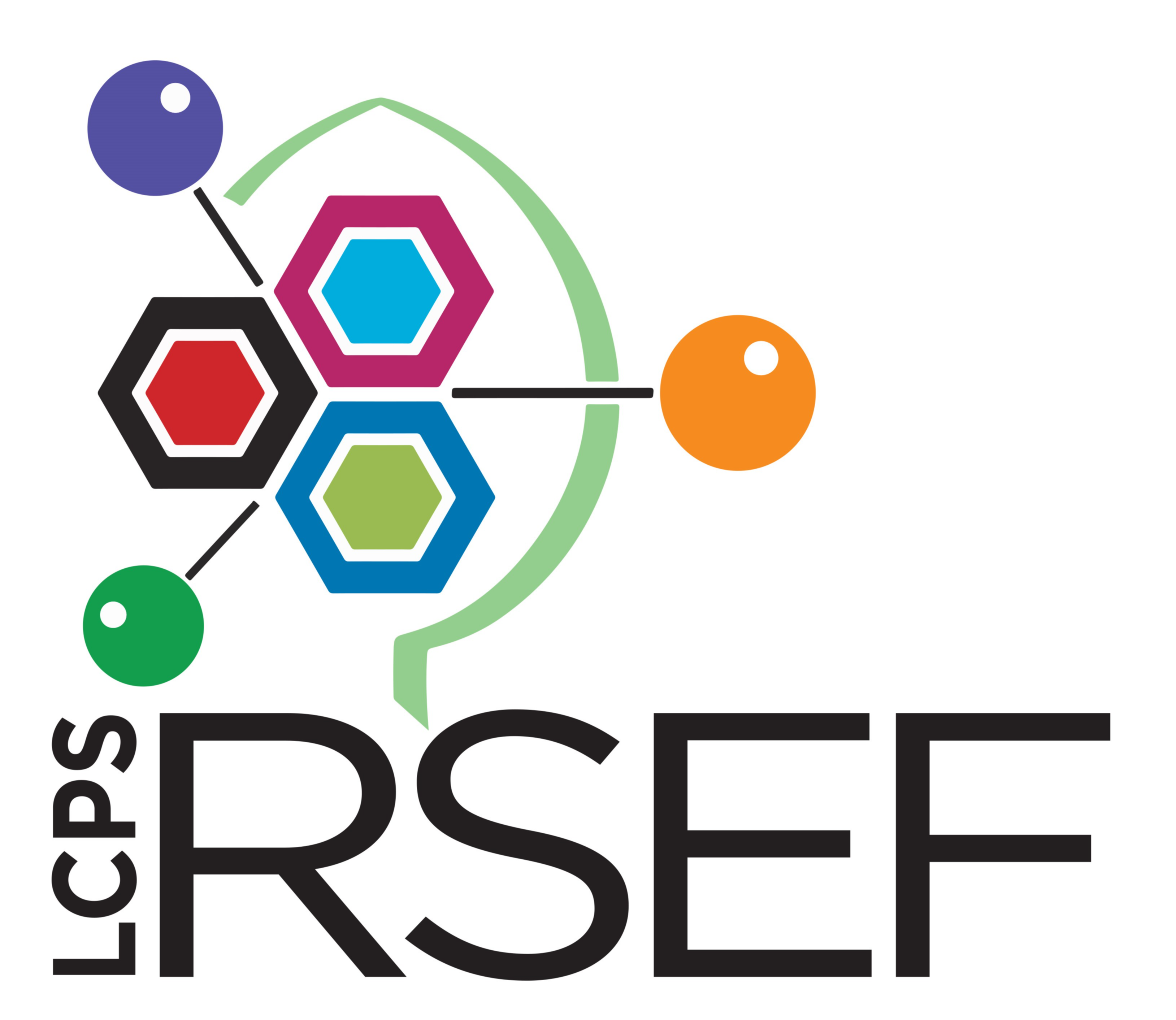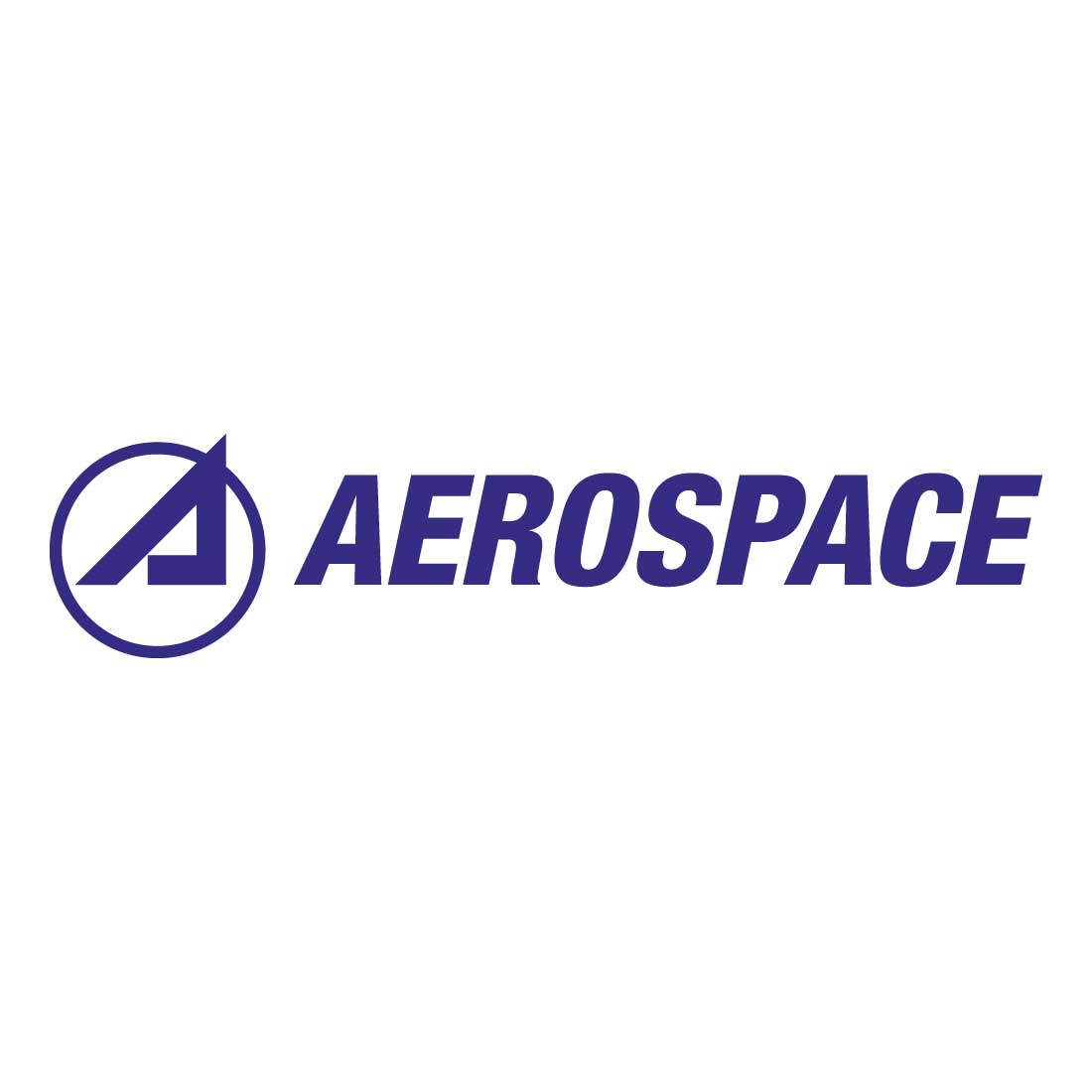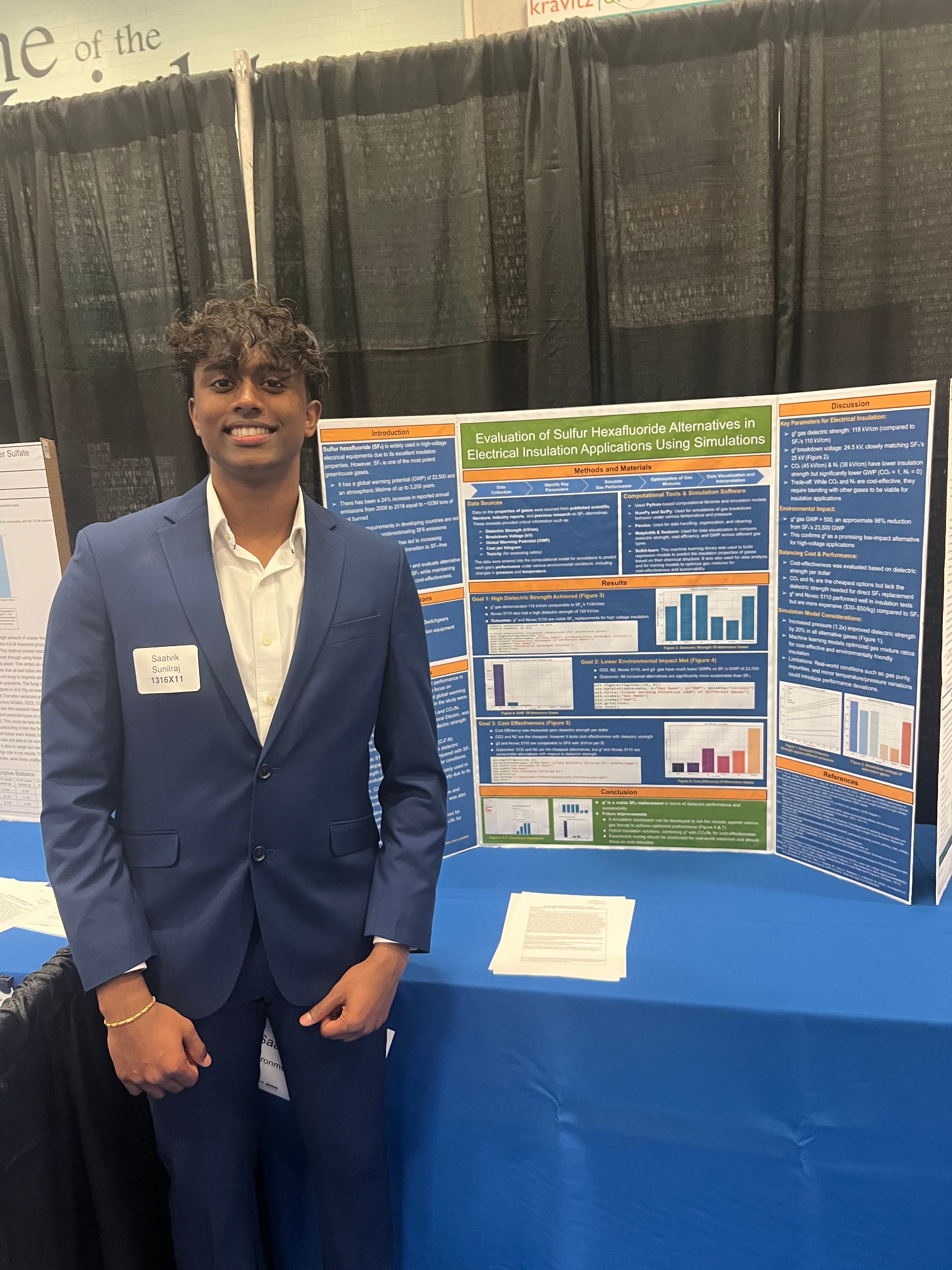I'm Saatvik Sunilraj, an aspiring aerospace engineer exploring spacecraft autonomy and intelligent technologies. My projects include developing AI-driven atmospheric models, investigating adaptive radiation shielding for the Lunar Gateway, designing conceptual lunar base missions, and planning for a crewed Mars mission.
Beyond academics, I am a national-level USA Badminton player, public forum debater, and volunteer leading food rescue efforts in Northern Virginia. I have received the U.S. Congressional Gold Medal, MIT Alumni Award at the Regional Science & Engineering Fair, and top state placements in the Entrepreneurship Innovation Plan as well as STEM contests.
I aim to pioneer the next generation of intelligent systems for spacecraft and space exploration.
Accurate 24-hour forecasting of ground-level ozone (O3) is critical for public health, as exposure is associated with respiratory and cardiovascular diseases and premature death. Traditional models struggle to forecast O3 across the continental U.S. due to complex atmospheric chemistry, meteorological variability, and long-range temporal dependencies. We present a forecasting framework based on the Temporal Fusion Transformer (TFT), a deep learning architecture designed for multi-horizon time series prediction. The model is trained on a fused dataset integrating hourly O3 measurements from ~8,000 U.S. AirNOW stations with meteorological and chemical data from the U.S. Environmental Protection Agency (EPA). The architecture incorporates both static (e.g., station location, elevation) and dynamic (e.g., temperature, wind, precursor gases) inputs, enabling it to capture complex spatiotemporal interactions.
The ARUnA Mission, short for Advancement of Research and Understanding of Areology, was a NASA-affiliated conceptual Mars mission developed through the Virginia Aerospace Science and Technology Scholars (VASTS) program at NASA Langley. Designed to study the habitability and climate history of Mars, ARUnA centered on the Erebus Montes region of Elysium Planitia, where past glacial activity and atmospheric evolution offer clues about the planet's geological record. The multi-phase mission proposed a 24-month preparation phase, followed by a 504-day surface stay, during which a six-person crew would conduct geological sampling, climate modeling, and autonomous rover operations. Supported by international partners such as JAXA and private collaboration with Planetary Resources Inc., ARUnA integrated advanced technologies, including a fusion-powered transit system, adaptive radiation shielding, and autonomous robotic infrastructure, to balance scientific discovery with crew safety and sustainability. Ultimately, the mission represented a holistic approach to future human exploration of Mars, combining scientific inquiry, engineering innovation, and international cooperation.


Sulfur hexafluoride (SF₆) has been a cornerstone in electrical insulation applications, particularly in high-voltage equipment like gas-insulated switchgear (GIS) and circuit breakers, due to its exceptional dielectric properties. However, sulfur hexaflouride's staggering global warming potential (GWP = 23,500) and long atmospheric lifetime pose significant environmental challenges, prompting an urgent need for sustainable alternatives. Using Machine Learning (ML) computational simulations, the performance of these gases is evaluated under varying operational conditions, such as pressure and temperature. The study concludes that g³ gas mixtures represent the most viable alternative to SF₆, though further laboratory validation and infrastructure modifications are necessary for practical implementation. This research contributes to the global effort to mitigate climate change by identifying sustainable insulation solutions that maintain the reliability and efficiency of electrical systems while reducing environmental impact.







Maria Paz Dakota Ormeño Vasquez, Saatvik Sunilraj, Ziheng Sun, Dylan Amin
AGU25 Conference Presentation / Abstract (2025)
Dylan Amin, Maria Paz Dakota Ormeño Vasquez, Saatvik Sunilraj, Ziheng Sun
Published: September 25, 2025
This work introduces a Temporal Fusion Transformer (TFT) architecture that integrates static and dynamic environmental inputs to forecast hourly ozone levels. The model outperforms a CMAQ baseline with RMSE = 6.9 ppb and MAE = 5.3 ppb, improving by ~24.2% and ~32.1%, respectively. The attention mechanism emphasizes O₃, NO₂, CO, and organic carbon as key predictors.
Aug 2024 – Present · Ashburn, VA · Part-time
Sep 2022 – Present · Ashburn, VA